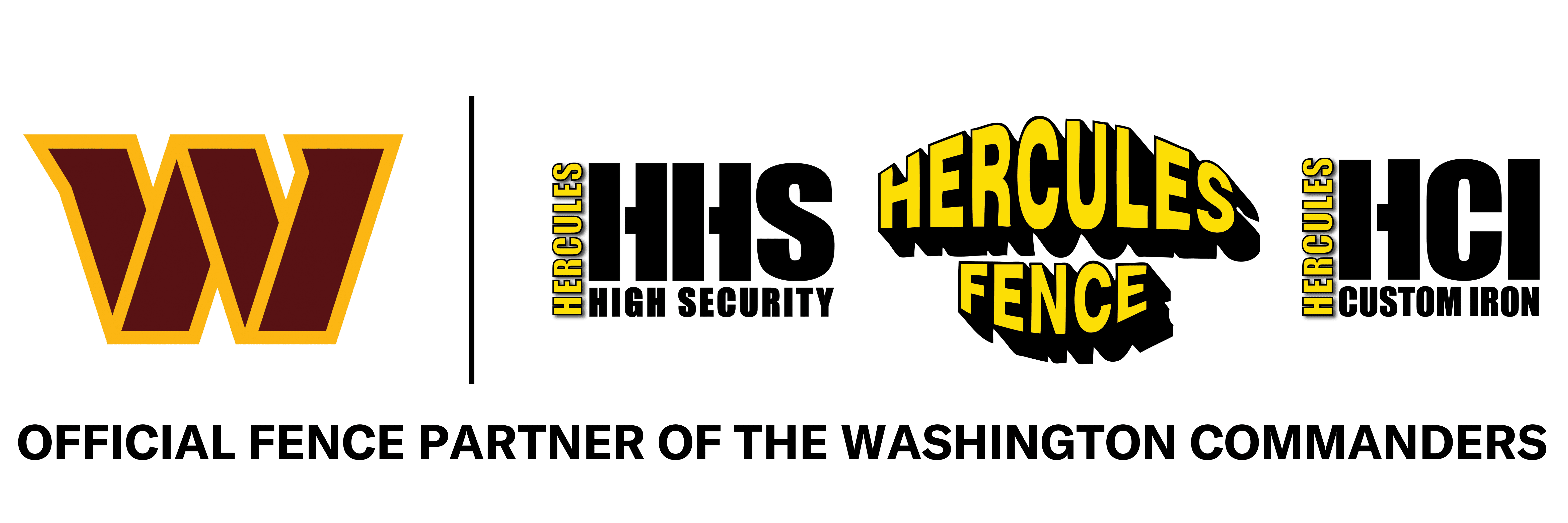
Wrought iron has been used throughout history and even accents the famous Notre-Dame Cathedral in Paris, France.
Did you know that wrought iron has been used throughout history in a number of different industries? Let’s talk about the history!
All in a Word
The term “wrought iron” comes from the past tense form of the verb “to work” but throughout the evolution to the English language the word “wrought” was replaced with “worked.” Before the modern developments of steel-making, wrought iron was commonly used as malleable iron. This strong iron stood up to the test, unlike other forms like cast iron. Wrought iron is stronger and harder because it has a lower carbon content.
A Brief History
Ironwork dates back to 3500 B.C. and the ancient Egyptians and Mesopotamians. In the 8th century B.C., civilizations started arming their armies with iron swords. By the 5th century B.C., Europeans had replaced iron swords with bronze. In the Middle Ages, wrought iron was used for weapons, tools, doors, and windows for protection against invaders. They also used iron for decorations because of the durability and its ability to be molded. In the 16th century, ironwork became highly decorative in Europe and the Mediterranean. Ironwork in the 18th century led to beautiful railings and gates throughout the United States and Europe. But in the 1860’s, demand for raw wrought iron hit its peak with the development of the rail roads. With excess material, Americans started using iron for utensils, stoves, grates, locks, and household items.
Two Iron and the Process
Wrought Iron comes in two different types: charcoal and puddle iron. Charcoal iron was used from the Iron Age until the end of the 18th century and produced through a charcoal fire. Puddle iron has been used since the dawn of the industrial era and is made from cast iron in an indirect coal fired furnace. One of the first methods of producing iron was out of a “bloomery.” A bloomery is a furnace with a pit and chimney with stone or clay walls to resist heat. This furnace is filled with charcoal and iron ore then lit and air was forced through the pipes to fuel the fire and heat the mixture to just below melting point. This process forces the impurities to melt and run off while the carbon monoxide from the charcoal reduces the ore to iron. The iron is then forged with a hammer.
Puddling Furnace
While there have been many innovations throughout history, puddling furnaces brought wrought iron to its peak when it was invented in 1784. This method creates wrought iron without the use of charcoal. This process helped flourish the British Empire and spring the Industrial Revolution.
Today, wrought iron can be found in railings, fences, light fixtures, and in architecture. For more information on keep history alive through your own wrought iron fence, contact Hercules Custom Iron!
HERCULES FENCE CUSTOM IRON
With security and the added bonus of a pleasing aesthetic appeal, wrought iron may fit your needs. Hercules Custom Iron has more than 70 years of experience crafting glass fences, ornamental iron, and quality aluminum in its in-house manufacturing facility. Contact Us today to learn more about how we can help you with your next custom iron, specialty metal or aluminum project! Also, be sure to follow Hercules Custom Iron on Facebook, Twitter and LinkedIn!


